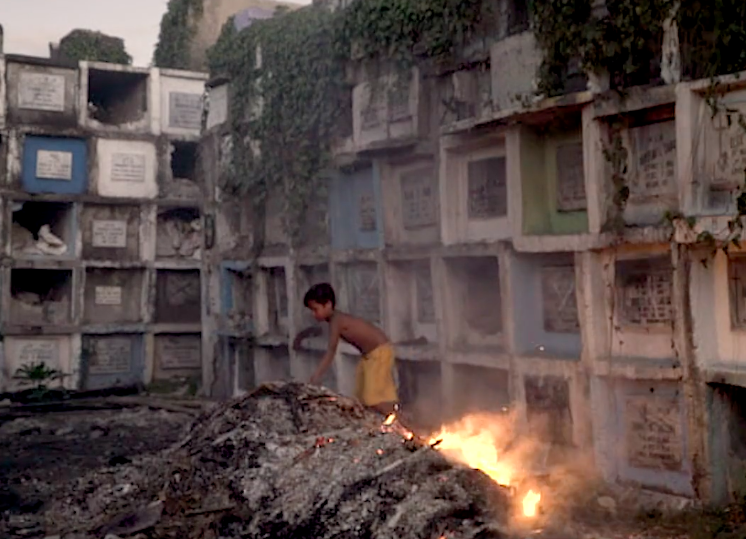“This is a big feat for all of us. We should start owning our story,” declared award-wining documentarist Baby Ruth Villarama about acquiring and bringing home one of the oldest existing documentaries on the Philippines from the British Film Institute (BFI) in London.
A 1929 documentary about the leper colony in Culion, Palawan, titled “Glimpses of the Culion Leper Colony and of Culion Life,” will premiere on the last day of Daang Dokyu, the first Philippine documentary festival, which will run from March 16 to 21 at the Cine Adarna, UPFI Film Center in Quezon City.
“Our biggest challenge is what touchstones in our history do we choose to program? The question ‘where did we come from?’ needed to be addressed. We had to work on finding the oldest ones,” explained Villarama, adding that the docufest carries the theme “Tracing the Filipino Story.”
By “we,” she meant the newly formed Filipino Documentary Society or FilDocs, which she cofounded with fellow docu filmmakers Jewel Maranan, Kara Magsanoc-Alikpala and Monster Jimenez. They are also the festival directors of the six-day Daang Dokyu.
The group also worked on the acquisition of other documentary materials, which are either stored in the BFI or the US Library of Congress, and will be shown for the first time in the country. Among the 35mm films stored in the London archives, and were shot in 1911, are titled “Fabrication des chapeaux de Manille” (about hat making in Manila) and “Industrie de L’abaca A L’ile de Cebu” (about abaca craft-making in Cebu) and a film made in 1926 called “Manila Street Scene.”
“They don’t come cheap so we said we’d collect but only those that are in good condition. The others need restoration and that would require another fundraising effort,” Villarama pointed out.
While they were gathering materials for the database, Maranan said she was surprised to discover that a lot of the materials shot in the 1940s were made by foreigners while Philippine history was happening then. “Having discovered these things, we realized that we can really bring this part of our history to life just by showing it. We’ll see how it looked like during the Fil-Am War and the Japanese occupation. In the docus from the 1950s, we’ll see how Ramon Magsaysay (seventh Philippine president) actually looked like.”
Asked for the rationale on mounting a documentary film festival, Alikpala said: “We did this because we are often ignored. We admit, it would be more exciting if you attend this press con and see (actresses) Bea Alonzo or Sarah Geronimo, but now it’s just us. No artista to see, no action scenes [to watch].
“[Without docus] it’s like never having met your parents, grandparents, or anyone from your ancestry. It’s like not having any family album so you don’t know who you are and you don’t know where to go. You keep repeating the same mistakes. You have no template of the past. We can’t be a nation without memory.”
Jimenez said they have been discussing the idea of forming a group and coming up with a database for documentaries for six years now. She recalled: “We got together and started taking our wine-drinking sessions seriously. We formed FilDocs, and then we thought of securing funding for a film festival.”
Choosing which films to be showcased was actually tedious, Jimenez added. She said they first formed a team composed of researchers, curators and an acquisition group, with them as festival directors. “There were over 10 people looking in all the libraries, asking film schools and institutes for materials,” she said.
The festival features film curations of Filipino directors as well as titles from international countries, with each showing followed by discussions .
It will open with the Philippine premiere of “Aswang,” by Alyx Ayn Arumpac, which focuses on President Duterte’s antidrug campaign.
